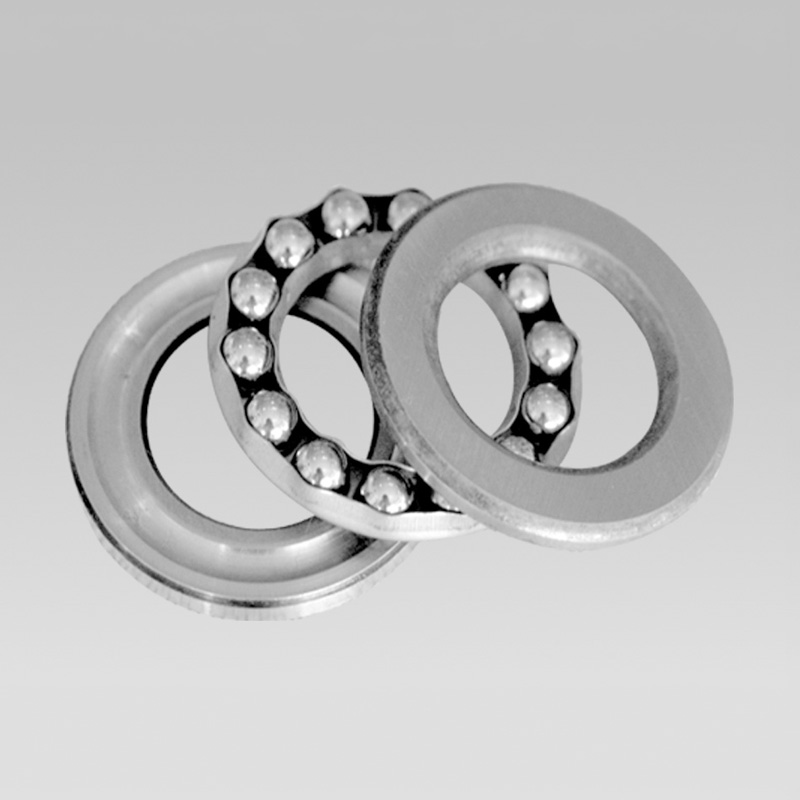
Oct . 22, 2024 03:44 Back to list
Understanding the Function and Applications of Thrust Ball Bearings in Machinery
Understanding Bearing Thrust Ball A Comprehensive Overview
Bearings play a crucial role in numerous applications, from household appliances to heavy machinery. Among the various types of bearings available, thrust ball bearings are essential components that are specifically designed to accommodate axial loads. In this article, we will explore what thrust ball bearings are, their structure, applications, advantages, and factors to consider when selecting them.
What are Thrust Ball Bearings?
Thrust ball bearings are a type of bearing that supports axial forces. Unlike standard ball bearings, which manage both radial and axial loads, thrust ball bearings are optimized for handling axial loads—forces applied parallel to the axis of rotation. They consist of a ball assembly that sits between two rings the thrust raceway and a washer.
When an axial load is applied, the balls in the bearing roll along the raceways, enabling smooth rotation and reducing friction. This unique design makes thrust ball bearings suitable for a range of applications where axial support is critical.
Structure of Thrust Ball Bearings
The structure of a thrust ball bearing generally includes the following components
1. Ball Elements The rolling elements that facilitate movement while minimizing friction. 2. Thrust Races Two raceways (upper and lower) that house the balls, allowing them to roll smoothly.
3. Washers These serve as support surfaces for the races and contribute to the overall load distribution.
Thrust ball bearings are differentiated into two types single-direction and double-direction. Single-direction thrust ball bearings are designed to handle axial loads in one direction only, while double-direction bearings can accommodate axial loads from both directions.
Applications of Thrust Ball Bearings
Thrust ball bearings are used in various applications where there is a need for axial load support. Common applications include
- Automotive Industry Used in clutches, transmission systems, and differentials.
- Industrial Machinery Applied in milling machines, presses, and lathes.
- Home Appliances Found in washing machines and fans.
- Aerospace Utilized in actuators and control systems due to their reliability under dynamic loads.
bearing thrust ball

Their ability to withstand high axial loads while maintaining efficiency makes them indispensable in these sectors
.Advantages of Thrust Ball Bearings
1. High Load Capacity Thrust ball bearings are engineered to manage significant axial loads, allowing for robust performance in demanding situations.
2. Smooth Operation The rolling action of the balls minimizes friction, leading to smoother operation and reduced wear on both the bearing and the shaft.
3. Low Maintenance These bearings require minimal lubrication and maintenance, which can enhance the longevity of the equipment they are part of.
4. Versatility Thrust ball bearings can be found in a variety of sizes and configurations, making them suitable for numerous applications.
Factors to Consider When Selecting Thrust Ball Bearings
When choosing thrust ball bearings, several factors should be considered
1. Load Requirements Assess the magnitude and direction of the axial loads to ensure the bearing can handle the operational stress.
2. Speed Consider the rotational speed of the application. Different bearings have varying heat tolerance and operational limits.
3. Environmental Conditions Exposure to dust, moisture, or aggressive chemicals can impact the performance and longevity of the bearing.
4. Lubrication Select the appropriate type of lubrication, whether grease or oil, to enhance performance and reduce friction.
5. Material The material of both the balls and raceways will determine the durability and load-carrying capacity of the bearing.
Conclusion
Thrust ball bearings serve a vital purpose across diverse fields by efficiently managing axial loads. Their unique structure, coupled with various advantages, makes them applicable in everyday products and complex machinery alike. Understanding their characteristics, applications, and factors influencing selection can help users make informed decisions, ultimately contributing to the reliability and efficiency of the machinery they support.
Latest news
-
Common Failures in Thrust Ball Bearings and Solutions
NewsAug.22,2025
-
How Tapered Roller Bearings Can Take Shock Loads
NewsAug.22,2025
-
Angular Bearings in High-Precision Spindles
NewsAug.22,2025
-
The Impact of Misalignment on Cylindrical Roller Bearing Performance
NewsAug.22,2025
-
The Role of Cage Design in Deep Groove Ball Bearing Durability
NewsAug.22,2025
-
The Impact of Material Quality on Machinery Bearings’ Lifespan
NewsAug.22,2025
